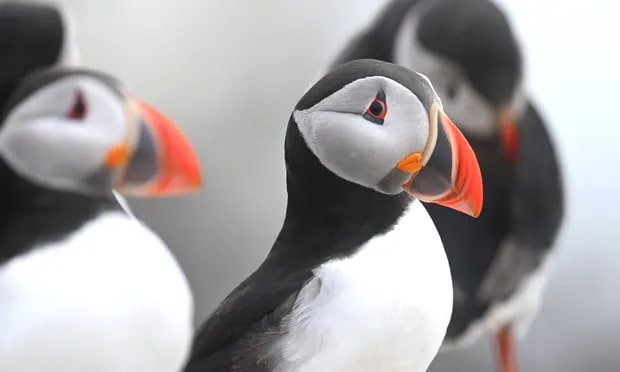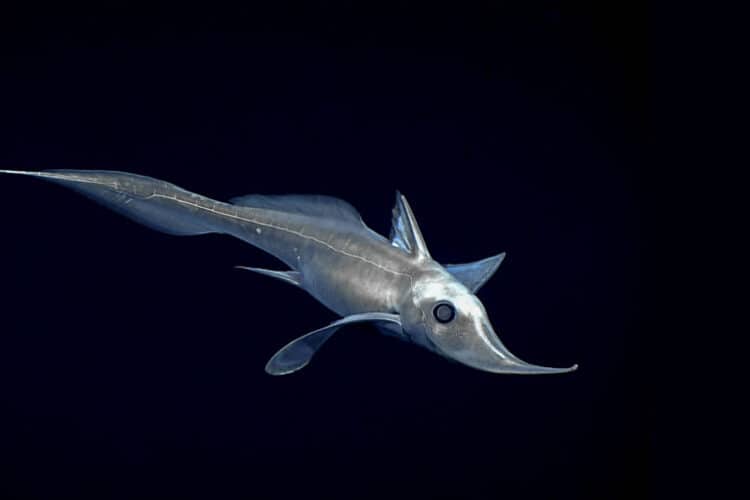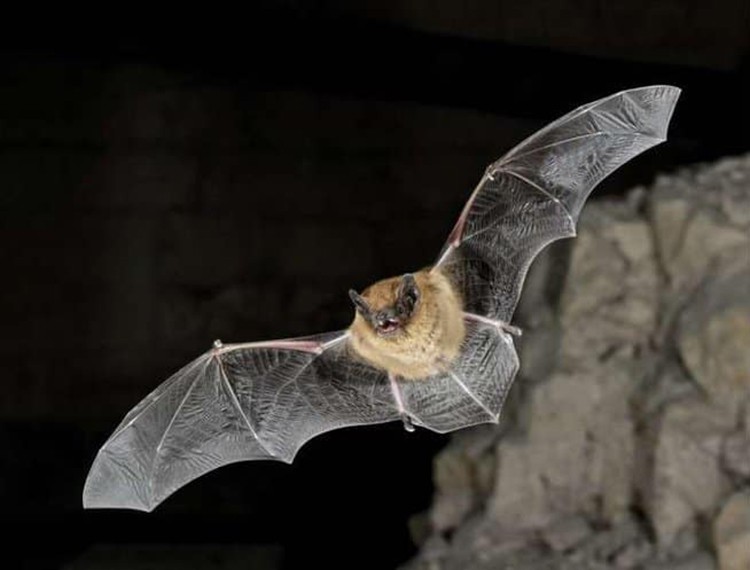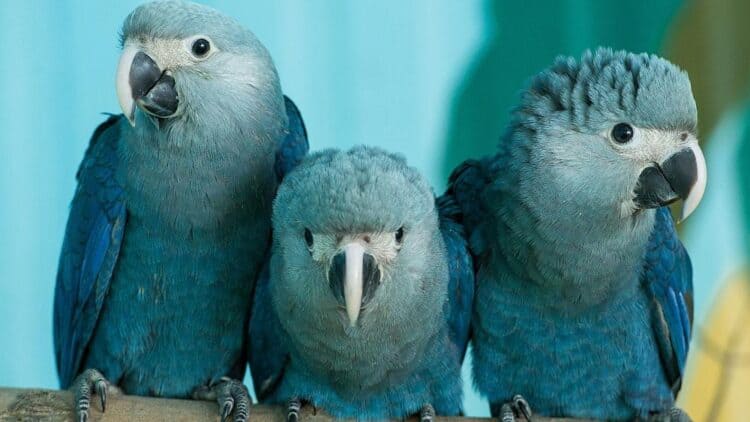Every spring since the 1980s, tens of thousands of seabirds have made their way from their South American wintering grounds to Virginia’s South Island to nest. Once there, raucous masses of Gull-billed Terns, Royal Terns, Common Terns, Black Skimmers, Laughing Gulls, and others combine to create the state’s largest breeding colony.
But this April, when the roughly 20,000 birds return, they won’t find the six acres of sand and gravel they’ve come to expect. Instead, they’ll find a thick layer of asphalt.
In the years leading up to the project, scientists and conservation groups held discussions with the state about the need for a compensation strategy once the 30-year-old nesting site was lost. Yet much to their alarm, when the colony was paved over last year, there was no plan in motion to help the displaced birds. And thanks to sea-level rise and coastal erosion, “there isn’t another good place in Virginia where the seabirds can go,” says James Fraser, a professor of wildlife conservation at Virginia Tech. “That’s the big problem.”
It was amid these mounting concerns that Virginia Governor Ralph Northam on Friday announced a comprehensive plan to address the nesting problem and protect these migratory birds. The plan includes the creation of temporary nesting habitat on a nearby island, as well as the future possibility of a whole new island being built to serve the returning seabirds.
Northam also announced new regulations to address incidental bird deaths or injuries caused by businesses or individuals—an offense now decriminalized under the Trump administration’s interpretation of the Migratory Bird Treaty Act. “We’ve kind of entered a new era of figuring out what we are able to and need to do in the Commonwealth to shore up those protections,” says Matthew Strickler, Virginia’s Secretary of Natural Resources.
The announcement was welcomed by conservationists, but the timing also leaves a narrow window for building the short-term nesting sites. Fortunately, the state isn’t starting from scratch. In 2017, as part of the earlier mitigation discussions, the transportation department commissioned Fraser and other biologists to evaluate possible solutions for migratory seabirds whose nesting habitat would be affected by the expansion project.
The team concluded that building the birds their own predator-free, sand and gravel island would be the most successful option.The governor announced that a feasibility assessment for such an island is coming, but a project of this scope will require major resources and coordination—not to mention time. Creating an island from scratch could easily take four to five years, says Walker Golder, the National Audubon Society’s program director of Atlantic Coast flyway strategy. “It is not an immediate process.”
In the meantime, Virginia’s Department of Game and Inland Fisheries is racing to ready temporary alternate habitat on the adjacent Rip Raps Island, also known as Fort Wool. The department plans to remove vegetation and put down sand on slightly more than an acre of the 15-acre artificial island. A contractor has also been hired to eradicate rats that reside on the island and could prey on chicks.

In addition to this alternate nesting spot, the department plans to user barges topped with a thick layer of sand to accommodate excess birds. “We have 60 days at most to get this done,” says Ruth Boettcher, a seabird biologist with the game and fish department. “We’re in a major time crunch right now, and everything has to be fast-tracked.”
Once Fort Wool is ready for the birds, Boettcher’s team will use plastic decoy birds and speakers playing bird calls to lure the returning migrants to the island. This strategy, called social attraction, will accompany actively hazing any birds that show up at South Island to ensure they don’t attempt to nest there.
Despite all of these efforts, Fraser remains concerned. While the birds were able to segregate by species on South Island, the nesting area available on Fort Wool is much smaller. These close quarters could cause conflict. In 2018, for example, when a portion of Royal Tern nesting habitat on South Island was paved over, the colony was pushed closer to the Herring Gull colony. Some tern chicks wandered into the areas used by the gulls, and “it became a blood bath,” Fraser recalls.
Another issue with Fort Wool is the fort itself. The presence of structures and trees on the island can hinder a 360-degree view and limit the birds’ ability to scope for predators. They also provide a convenient perch for predatory birds.
Recognizing that none of these short-term solutions are perfect, Golder says the current strategy is at least “workable.”Ultimately, he hopes the state follows through with building a dedicated island for the seabirds. “We’re really encouraged by their position on long-term solutions,” he says.
For now, though, the clock is ticking. Soon, the seabirds will start arriving to South Island to find their nesting site gone. What else they’ll find depends on the success of Boettcher and her scrambling colleagues.
This article was first published by Audubon on 21 February 2020.
What you can do
Support ‘Fighting for Wildlife’ by donating as little as $1 – It only takes a minute. Thank you.







Leave a Reply